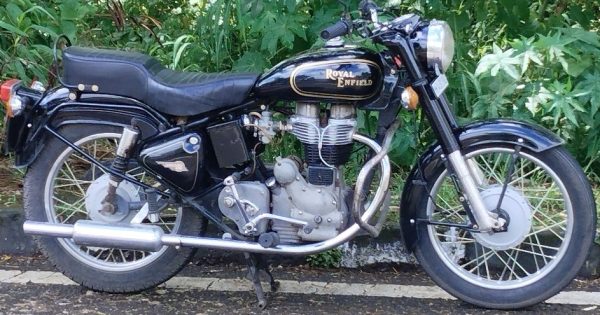The cousin for Harley-Davidson X440
Even as X440 takes on the local behemoth Royal Enfield, the global two-wheeled giant Hero MotoCorp’s Mavrick 440 was unveiled in India at Hero World 2024. Based on the Harley-Davidson X440, it features a power-roadster design philosophy and will be available for bookings in February 2024. The Mavrick was co-developed in association with Harley-Davidson and […]
The cousin for Harley-Davidson X440 Read More »

